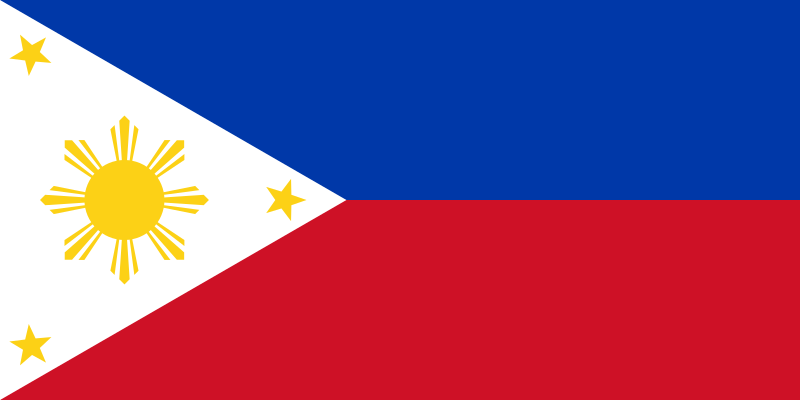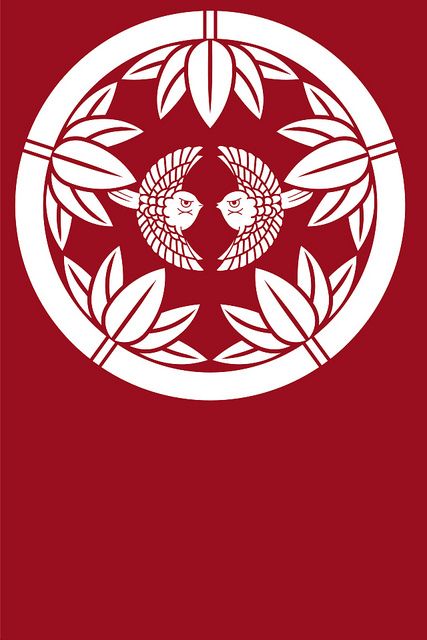Nation Name: Anika
Flag:

Region/color on map: Avelcas
Capital: Tisivilsk
Capital Population: 50,000
Other Major Settlements: N/A
Population: 2,000,000
Racial demographics: A vast majority of human, with very little acceptance shown toward the ‘lesser’ races. Both the men and the women a generally shorter, their tallest being barely over six feet, while it is not uncommon for most ladies, especially of high birth, to barely reach five feet. Blonde-haired, and Blued eyed, they’re near as pale as the snowy island they inhabit, and their queer accents when speaking common tongue mark them almost instantly to most as Aniche. ( As in, from ‘Anika’, as someone from Britain is British, someone from Anika, is Aniche)
Social dynamics: A tiered social gap separates every man from the man above him, beginning at the top with the monarchy, and at the bottom, the peasant and serf. Slavery is illegal, but still exists to some extent. Woman hold a far more liberal position in society, though are still beholden to men. A fierce sense of nationalism fires up most of the hearts of the people, all with very similar traits that mark them as Aniche, the daintiness, lack of variety as far as hair, skin, and eye color, and binding language.
Fashion: People dress warmly, in furs, and swathed in colorful robes. In the summertime, it’s not uncommon for woman to expose up to their knees, but in the winter, most cloth themselves to the chin, with cloaks and coats and gloves, all to protect themselves from the biting cold. Jewelry is a social norm of the nobility, woman drip with earrings and necklaces, while men decorate their weapons more so than their bodies.
Calendar:
Nachinat or Nachin: The beginning of the harvest.
Zhatva: The Reaping.
Sereboro Luna: The Silver moon, a few weeks near the end of winter when the moon seems closer, and shines brighter. It is seen as their only Goddesses rebirth, as she delivers them from the nine months of winter.
Art: Art consists mostly of music within Anika, string instruments being a sign of wealth, and most noble children can play at least one song well upon the pale-coloreds instruments.
Law: The Monarchy holds a tier system of officials to handle the law, called the Inquisition, at the pinnacle being the Czar himself, but only issues of extreme treachery are ever brought before him. The Inquisition is known to use obscure methods of torture, and their loyalty is only beholden to the crown. Still, they are known to be quite corrupt, taking bribes, and in the cities, much of the thuggery is taken up by the very institution put it place to protect the people from such. Minister Dimka Svetlana serves himself more so than the people, and packs the prisons tight with men, women, and children without so much as a trial.
Education: For each major city, there is a college, but only the wealthy and the high born are able to attend. With no formal education system, families rely on private tutors, and the poor go without education for the most part.
Type of Government: Monarchy
Influence and relations: Extraordinarily isolated, but not in a hostile fashion.
Important People:
The Imperial line of Motova:
Czar Alik, Twenty years of age.
Czarina Innya, Seventeen years of age.
Princess Nakitta, Sixteen years of age.
Prince Kirill, Eleven years of age
Prince Pyotr, Eleven years of age.
Princess Dima, Five years of age.
Military:
Lord Admiral Maxim Bure, Thirty-eight years of age.
Lord Marshal Daviski Kargin, Twenty-seven years of age.
Law:
The Minister of the Inquisition Dimka Svetlana, Forty-four years of age.
Trading and tax: As their reliance upon trade is high, they carry a rather lax tariff to attract other nations to trade with them, and taxes are collected from the different Lords of Anika twice a year, at the end of the harvest, and winter’s end.
Major industries: Mining, Fishing, Ship-Building, and Textiles. They are renowned for their ships, both fast, and maneuverable.
Major Associations: None, as of now.
Currency: They rely on a silver standard as there is little gold, but their mountains are filled with silver veins, as well as precious stones, much still left undiscovered and untouched.
Military -
Consisting of 10,000 men, and 300 women, acting nurses and other non-combative roles.
Wartime Navy:
- 7,000 men strong.
- 20 war ships (Carrack), each large enough to be manned by over a hundred men; ~2,200
- 48 large caravel, each crewed by forty men; ~2,120
- 100 small caravel, each crewed by twenty men; ~ 2,000
- About 700 men serve roles within the port cities, or upon obscure or insignificant model ships.
Peacetime Navy:
- 2,000 men strong.
Wartime Army:
- 3,000 men strong.
- 1,900 infantry.
- 600 archer.
- 400 cavalry.
- 100 cannoneer.
Peacetime Army:
- 2,000 men strong.
Noble Houses hold their own garrisons, and upon request, they will be called upon to join the Imperial Army and Fleet. This expands the nations total ranks to near 20,000.
Landscape: Rocky and bare on the coasts, it’s not until several miles away from the ever-surrounding sea do the forests begin to pull themselves out of ground. Most of the trees are tall, and white wooded, and through the long winters, they hold onto their crimson leaves. Two-thirds of the year, the island is blanketed in a layer of snow, but in the few briefs months of summer, tall, pale green grasses cover the grounds, and give the country and forests an enchanting air. Hundreds of icy-blue streams carve their way through the rough ground, running from the central mountains, and into the sea.
Wildlife: Not dissimilar to the wildlife of North-Eastern Europe. Faeries exist in their forests, fleshy creatures, with nothing particularly exciting about them besides their thin, wasp-like wings, and ability to learn the tongue of man. Despite that, they are still considered hive-minded beasts, and some are kept by the wealthy as pets.
Notable places: The Forest of Nyr. It’s fabled to be ‘magical’, and the birthplace of their Goddess. Every Sereboro Luna, countless men and woman venture into the forests, and up the mountain, Nyr, that overlooks the blood-red leaves. This is where many faeries live, though it is seen as a sacrilege to touch or harm the creatures throughout this time of the year, many are captured still, and sold on the public markets along with the mutts.
Summary: A Russian-Monarchy based country, sorta’! Their old Czar just died, and now they’ve a new one with new ambitions, but a weakened hold on the crown making him an appropriate target for attack from internal treachery, or war.
History: Anika, for the last hundred years, as remained at relative peace. Never in it’s history as Anika invaded another country, nor, has another country invaded it. However, at the assassination of Czar Nikoli VI, three generations of civil war broke out, noble houses fighting over his corpse like wolves, and in the end, the house Motova, lead by Harok I rose the victor. Since then, every Czar or Czarina prior has claimed that blood, though a few of the eldest noble houses still claim the throne to be rightfully there’s.
In the not so distant past, Anika and Kjalmar held a tight bond, both nations sharing similar vernacular and strong navies. From that, alliances grew, but with time faded, though compared to most nations, Anika holds a rather positive view of Khalmar, it's pirates rarely raiding the countries coasts.
However, the Monarchy is too strong to be toppled by such opposition, and when Czar Harok XII was taken by a sudden fever, his eldest son, Alik, ascended to the throne at a raw twenty years of age.
Now Alik leads, along with his pregnant wife Innya. Ambitious, he wishes to expand the narrow view his father held, and look out unto the world, and have the world look upon Anika, and marvel upon it. Those are his dreams, and he is willing to give close to anything to obtain them.
Strengths: They have an astonishingly powerful navy, given their island-status. The early development of caravel ships has put them in a lofty position as far as long-term travel goes, the reversal of the sails allowing them to continue even with the winds against them, and no longer need to use the man-power oars of the galley. This benefits their trade, as well as the overall wealth of the nation. There is a heightened sense of nationality due to their common language and religion unshared with any other part of the world. The same line of monarchy as reigned for over two hundred years, resilient against internal rebellion, and external strife.
Weaknesses: Anika’s current Czar is still young, inexperienced, and without heir. In desperate need of allies, the country is making an transition with this fiery-eyed leader to a more aggressive foreign policy. Their military is weak, and their population is far from supple enough to feed a large standing army. As well, the Lord Marshal and Lord Admiral do not get along well, but both of the men’s roles to Czar Alik allows for him to oversee their obvious shortcomings. The country relies almost entirely upon foreign trade for their agriculture, as much of their land is infertile, and their growing season too short to last through their winters. Veins of corruption run all throughout the nobility and Inquisition.









